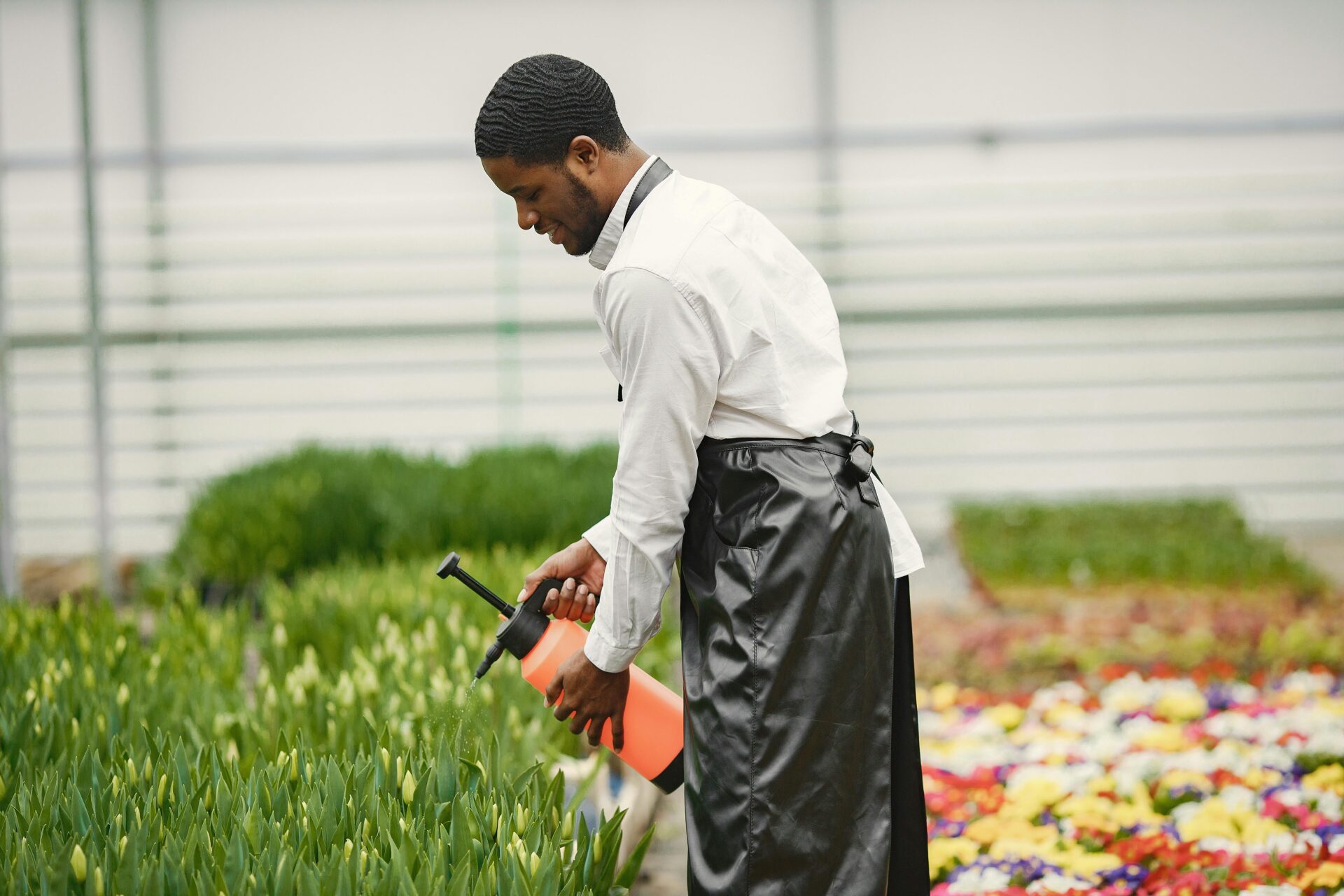Preparing Your New Home’s Garden for Spring Planting: Tips and Advice
Spring is the perfect time to rejuvenate your garden and set the stage for a flourishing outdoor space. Whether you’re a seasoned gardener or a beginner, preparing your garden for spring planting is an essential task that can make a significant difference in the success of your garden. In this article, we’ll cover some simple yet effective tips to help you get your garden ready for the season, ensuring that your plants thrive and your outdoor space looks stunning. Plus, we’ll explore why proper garden planning for spring is key to a stress-free growing season.
Why Garden Preparation Matters
A well-prepared garden sets the foundation for healthy plants and vibrant blooms. If you’re starting fresh in a new home, taking the time to plan and prepare your garden can save you a lot of headaches in the long run. It’s also the perfect way to put your personal touch on your outdoor space. Getting your garden ready for spring isn’t just about aesthetics; it’s about creating an environment where plants can thrive. Proper soil preparation, smart planting techniques, and choosing the right plants for your garden are all part of the process.
Key Steps in Preparing Your Garden for Spring Planting
1. Assess Your Garden’s Layout and Design
Before diving into the physical work, take a step back and think about the overall design of your garden. Garden planning for spring isn’t just about where to plant flowers or vegetables — it’s about creating a cohesive, beautiful, and functional space. Consider factors like sunlight, shade, and wind when deciding where to plant different species. Draw a rough layout or use a garden planning app to visualize the space. If you’re unsure about the best design for your garden, don’t hesitate to reach out for expert consultation. Our team can help you with local moving Alexandria VA to easily relocate any heavy garden equipment or supplies if you’re in need of assistance.
2. Clean Up Your Garden Beds
One of the first things to do when preparing your soil for spring planting is clearing out any leftover debris from the previous season. Old leaves, dead plants, and weeds can not only make your garden look untidy, but they can also harbor pests and diseases that could harm your new plants. Take the time to remove any unwanted matter from your garden beds, and cut back any perennials that didn’t survive the winter. This step helps your garden breathe and prepares it for the planting process.
3. Test and Prepare Your Soil
Soil health is at the core of successful gardening. In order to grow strong, healthy plants, you need to ensure your soil is nutrient-rich and well-draining. Before planting, consider testing your soil to determine its pH level and nutrient composition. If your soil is too acidic or too alkaline, you can adjust it with soil amendments like compost, lime, or sulfur. If you’re new to soil testing or not sure how to get started, our storage service Alexandria VA might come in handy to keep your garden tools and testing equipment organized while you get to work.
Once you know your soil’s needs, it’s time to prepare it for planting. Start by loosening the soil with a garden fork or tiller to ensure good aeration. Mixing in organic matter, such as compost or manure, will enrich the soil and provide the nutrients that plants need to grow strong and healthy.
4. Select the Right Plants for Your Region
Not all plants thrive in the same conditions. When choosing what to plant, consider your local climate and growing zone. Spring gardening advice for beginners often includes a recommendation to select plants that are well-suited to your region. If you’re unsure which plants will do best, consult local nurseries or gardening centers for advice. Some plants, like daffodils, tulips, and certain herbs, can be planted early in spring, while others may need to wait until the last frost has passed.
5. Watering and Irrigation Systems
As the weather warms up, your garden will need consistent moisture. Consider setting up an irrigation system to make watering more efficient and less time-consuming. Drip irrigation or soaker hoses are great options for providing a steady supply of water to your plants, minimizing water waste. If you have a larger garden, this might be a good time to plan out where your irrigation system will go. Whether you’re looking for a simple solution or more advanced systems, having a reliable watering setup can be a game changer.
Conclusion: Start Your Gardening Journey with Confidence
By following these simple tips on preparing your garden for spring planting, you’ll set yourself up for a beautiful and productive garden that will last throughout the season. Take the time to plan, test, and care for your soil, and you’ll be rewarded with a garden that thrives. If you’re just starting out in your new home or need a hand with heavy lifting, local moving Alexandria VA is available to help with any moving or setup you may need for your garden tools or outdoor furniture.
Happy gardening, and remember — the first step to a thriving garden starts with thoughtful preparation!
FAQ
What are the first steps in preparing a garden for spring planting?
The first steps include assessing your garden’s layout, cleaning up garden beds, and testing and preparing the soil for planting.
How can I improve my soil for better planting?
To improve your soil, test its pH and nutrient levels, then amend it with organic materials like compost, manure, or specific soil amendments.
How do I plan my garden for spring planting?
Planning your garden involves considering sunlight, shade, wind, and selecting plants that will thrive in your region’s climate.
When should I start planting for spring?
You should start planting when the threat of frost has passed and the soil temperature is suitable for the plants you want to grow.
What is the best watering system for my garden?
Drip irrigation or soaker hoses are highly efficient and minimize water waste while ensuring your plants get consistent moisture.
Garden Preparation Tasks
| Task | Description | Tools Needed |
|---|---|---|
| Assess Garden Layout | Plan the overall design of your garden, considering light, shade, and plant compatibility. | Garden planner, measuring tape |
| Clean Garden Beds | Remove debris, dead plants, and weeds to make space for new growth. | Rake, gloves, garden shears |
| Test Soil | Test soil pH and nutrient levels to ensure optimal growing conditions. | Soil testing kit |
| Choose Plants | Select plants based on your region’s climate and growing zone. | Plant catalog, gardening guides |
| Install Irrigation | Set up an irrigation system to efficiently water your plants. | Drip irrigation kit, hoses |




